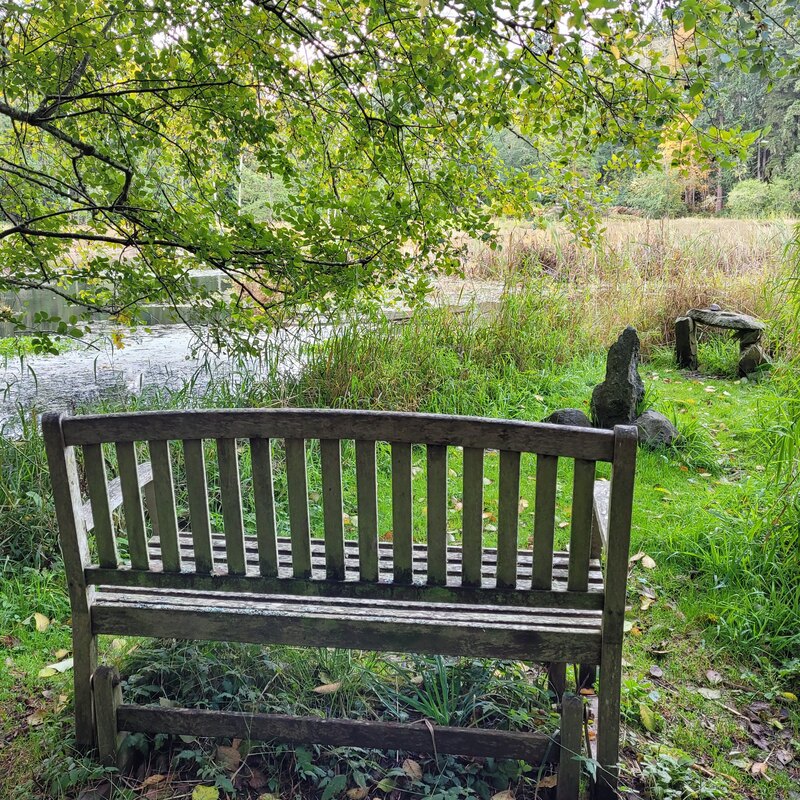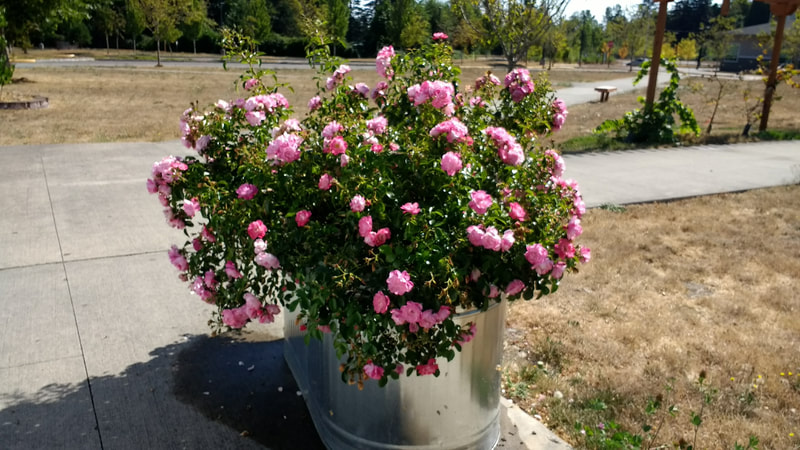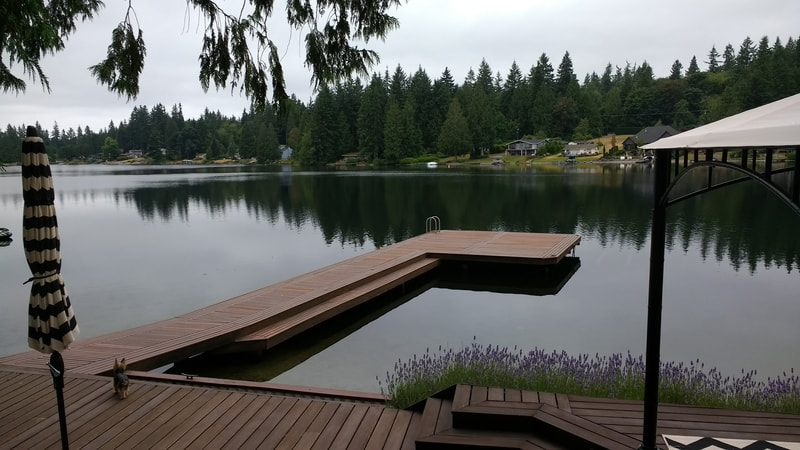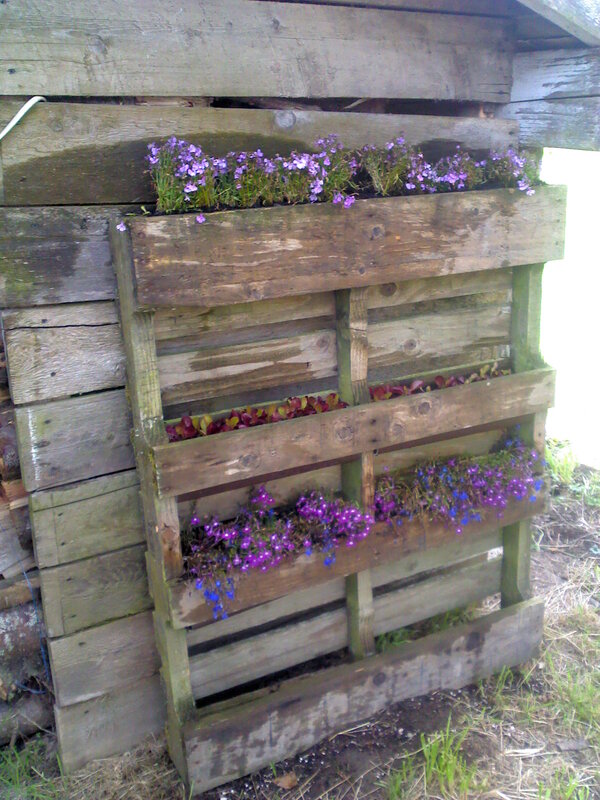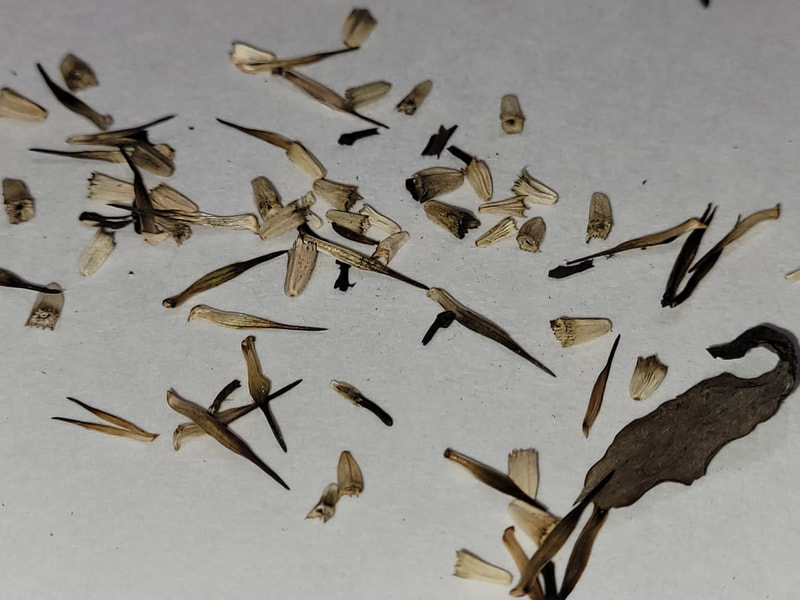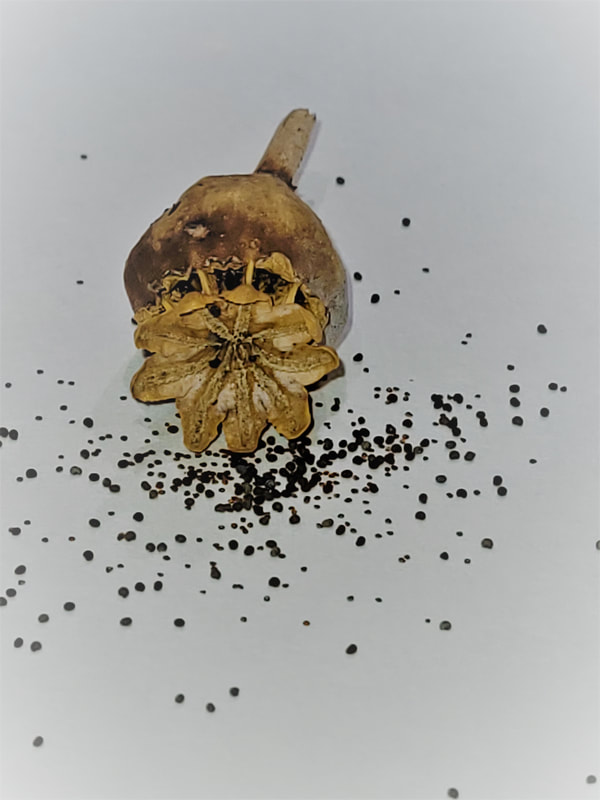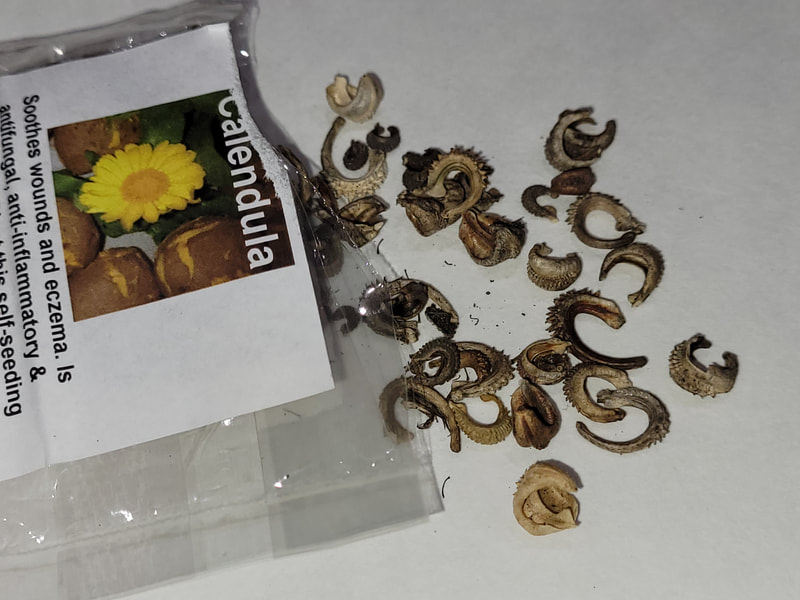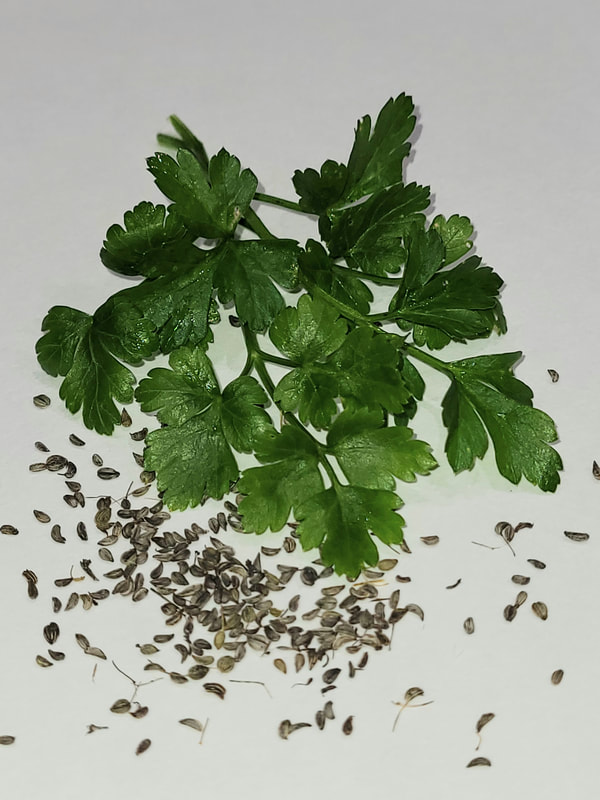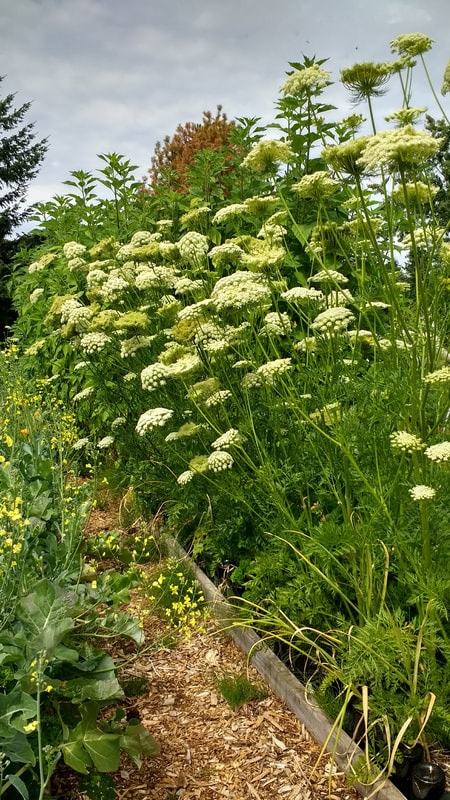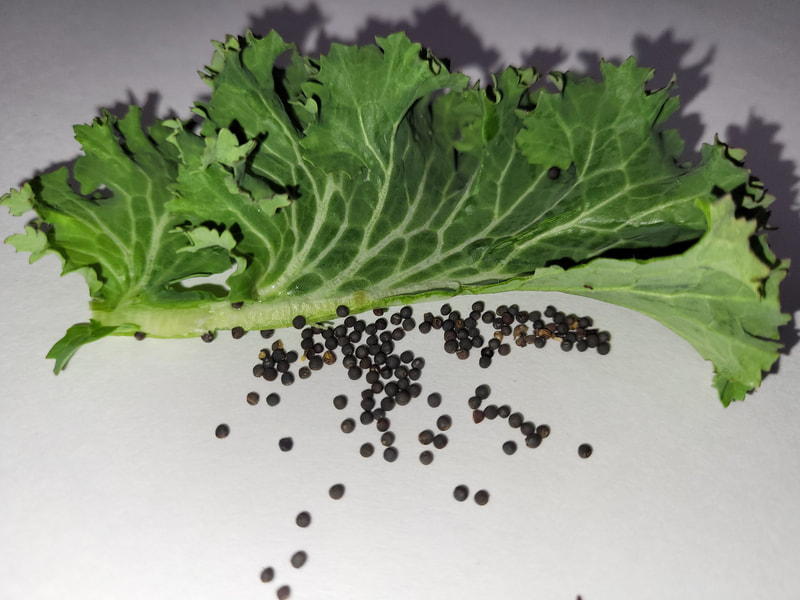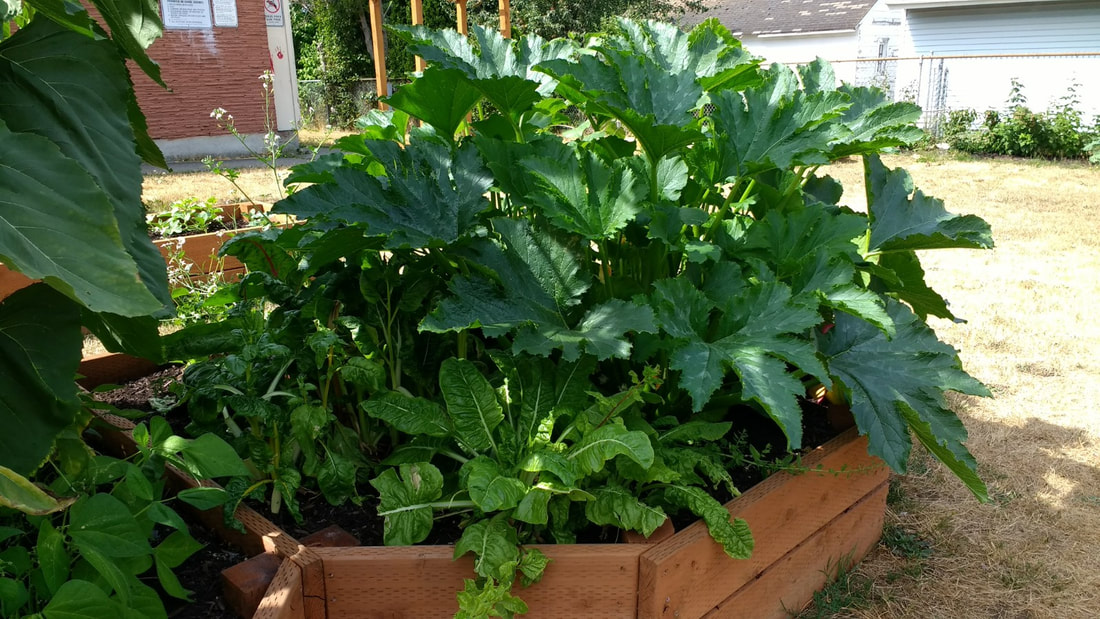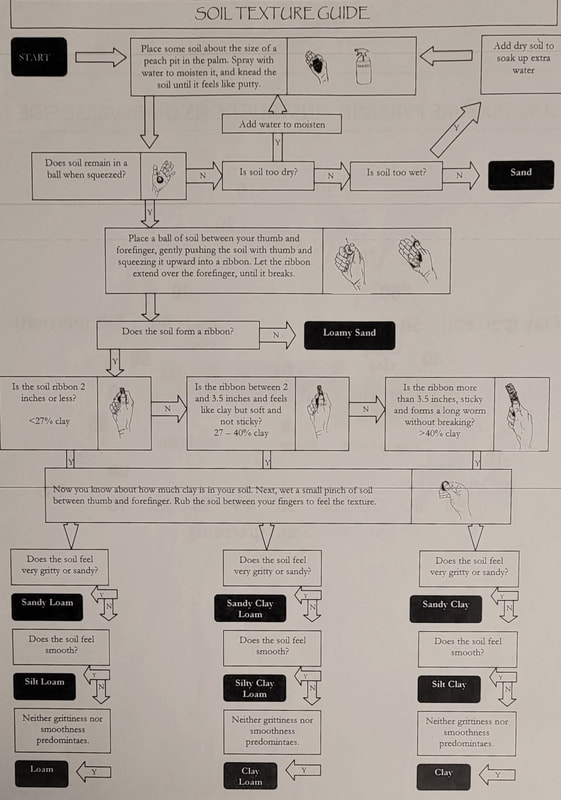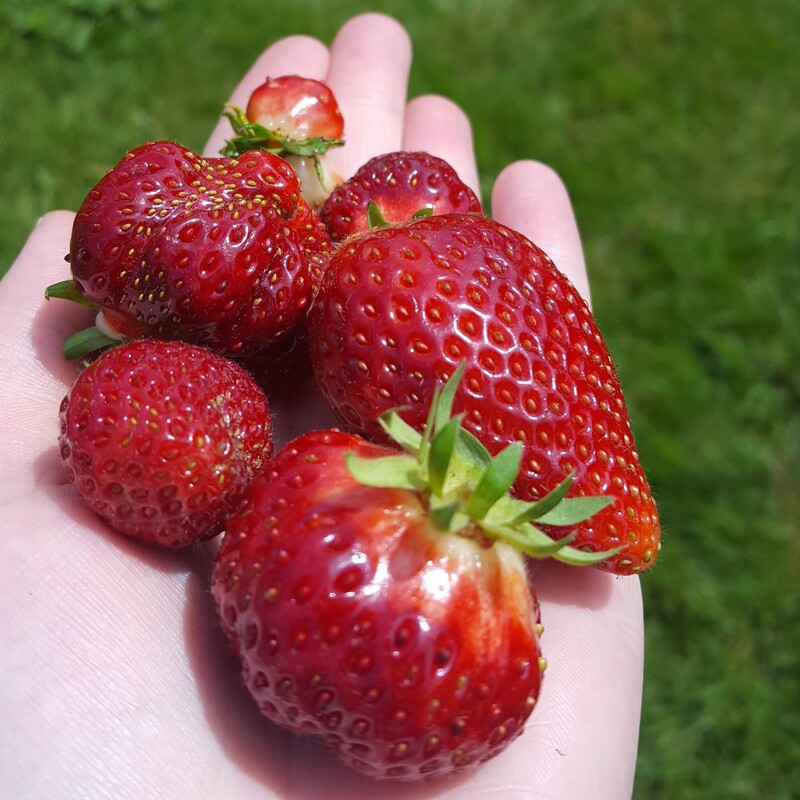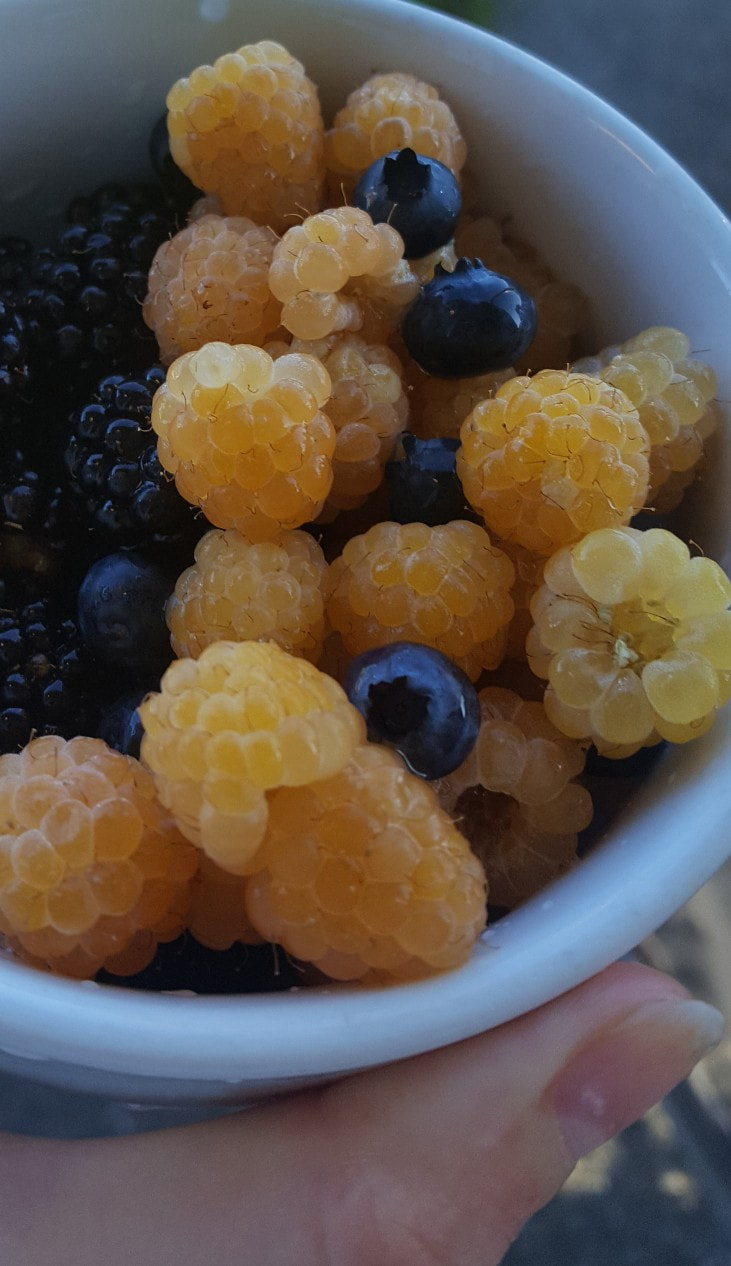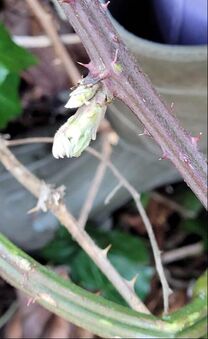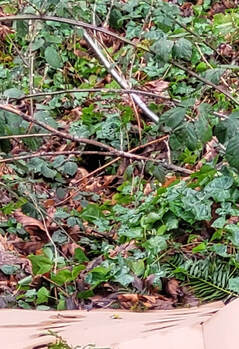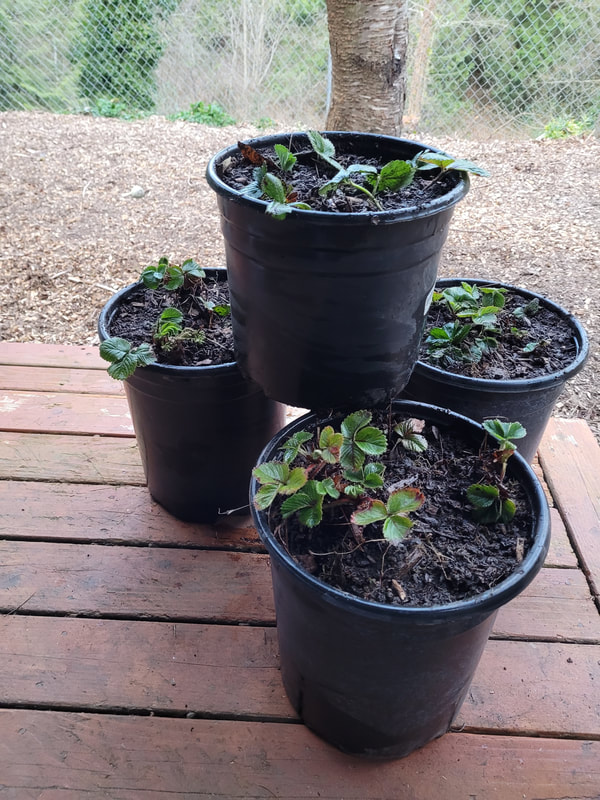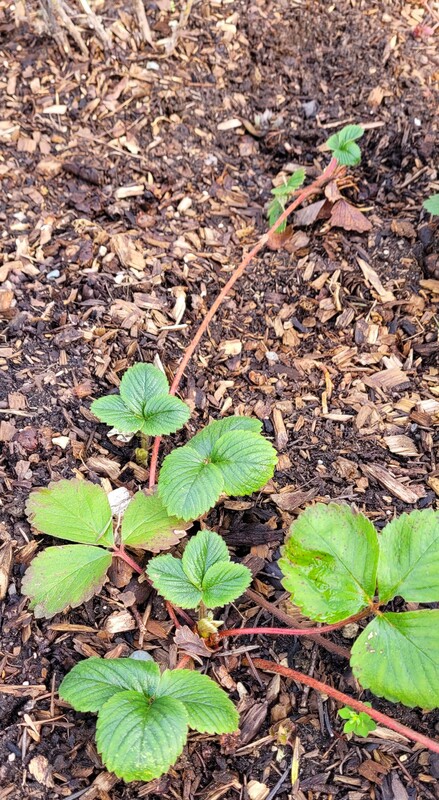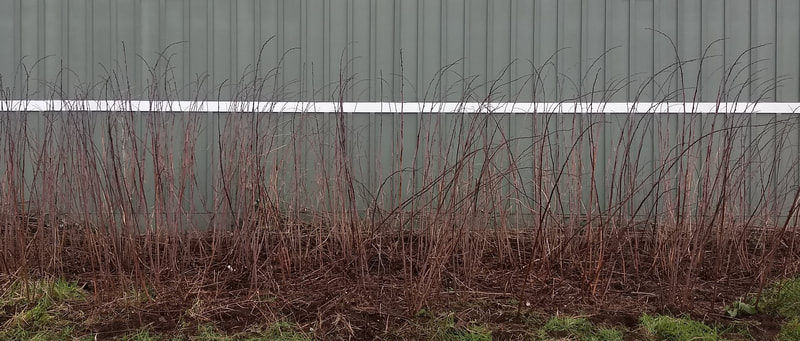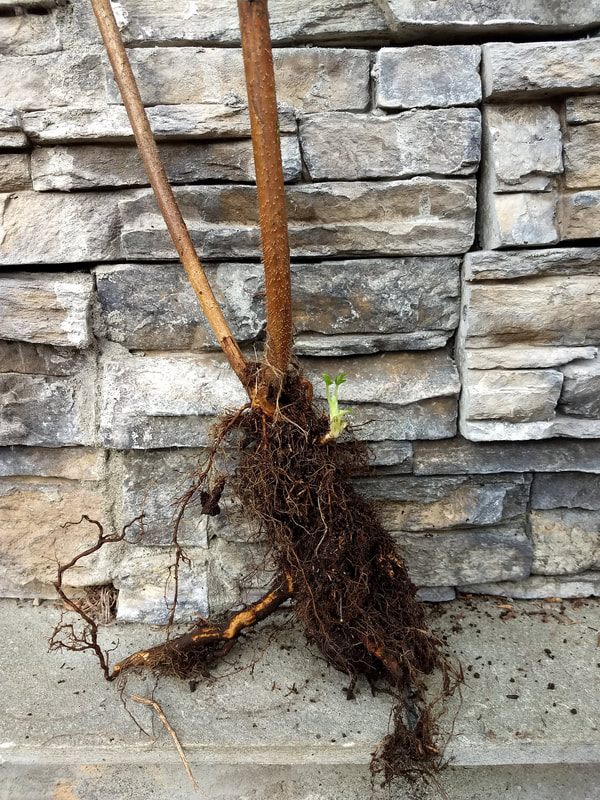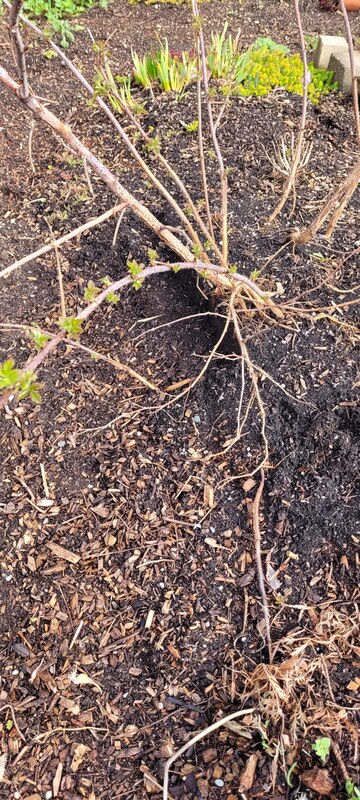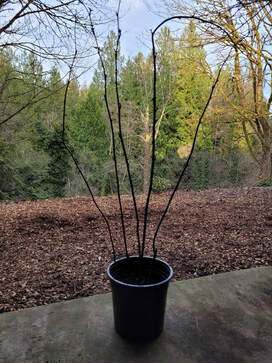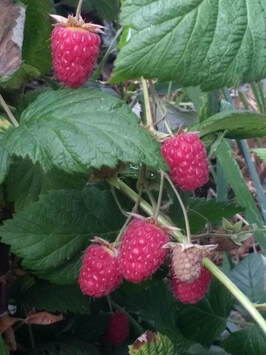Bountiful Landscapes & ConsultingTransforming People & Places to Create Vibrant Health & Beautiful Outdoor Spaces
|
|
What is a Microclimate? Microclimates come in many shapes and sizes. A comfy chair hidden under a tall canopy of flowery shrubs, or a black plastic pot in which to grow strawberries! You probably have many of them in your yard. So, why do you need them AND how do you find them? For a home landscape, microclimates can range from small, planter-sized areas to large buildings or long rows of tall trees. They can be a specifically designed environment or a naturally occurring buffer. Microclimates can create shade, heat, cooling, wildlife nesting areas, protection, moisture, beauty, and other benefits. Some common features to look for in your yard are:
Have Fun!
0 Comments
Swap, Buy & HarvestSeed Options Three main types of seeds are available to gardeners.
Open-pollinated means that the plant flowers are fertilized by bees, moths, birds , bats, and even by the wind and rain. The seed harvested from these plants produce the same plant the next year. Some variances can occur if the plant is cross-pollinated by a different variety nearby, but this also adds to genetic diversity. More diverse plant populations can adapt to local growing conditions and changes in climate year-to-year. Heirloom seeds have a documented history of being passed down from generation to generation in a family, community or tribe, that have not been cross-pollinated. The plants grown may need a little extra care, but are said to produce more flavorful and more nutritious food. Heirloom tomatoes are especially popular because of their deep rich flavor, and the seeds can also be saved to plant more of the same for the next season! Why Organic?? The simple answer is that synthetic pesticides, herbicides and fertilizers, that are used on crops, including crops for seed, are unhealthy to consume. These chemicals cause illness, and are linked to many illnesses, cognitive degeneration, learning disabilities, memory loss and cancers. When crops are treated with these toxins, the food we eat also contains them. So, I vote Organic. The "Organic" designation requires more government oversight relating to certification and growing standards, transportation, and production facilities. The increase in the cost of this "cleaner" produce is a small price to pay for the commitment by smaller farms and farmers, who believe that food grown in it's natural form and habitat provide our bodies and our families the best possible nutrition. And I stand for these practices. 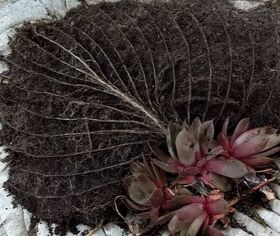 Biodiversity is the perfect balance. Crop health & production improve exponentially in a biodiverse environment. This is why monocrops grown from hybrid seeds require so much synthetic fertilizer. All the nutrients & biodiversity are gone. See this AMAZING example of the benefits of biodiversity on the barren landscape of the Dead Sea www.youtube.com/watch?v=goBB4fVLRxc Ecosystems are biodiverse communities that include all the different kinds of life you'll find in one area. These species interact and create an ever-expanding energy storage system that form an intricate web, to maintain balance and support all life. Becoming a seasoned & intuitive gardener takes years of experience....True. However, anyone can be a successful gardener, if you are committed to it. In the beginning, you can gain experience and success by keeping your vision small. TRUST ME ON THIS!! Start with a 3x3x3 method. Plant 3 hearty vegetables that you like, 3 perennial flowers, and 3 ground covers. This is everything you will need to start building a sustainable and resilient landscape.
What's your soil type?  An experienced gardener can go crazy trying to get the *perfect* soil mix for their gardens. From making your own compost to buying the ideal mix, one can spend either an abundance of time, or a whole lot of money. And if you're dedicated to growing food, you really need to have soil that works for vegetables. This quick field test will help you determine your soil type. Knowing this is imperative, as it gives you information on your soil's water holding & draining capabilities. 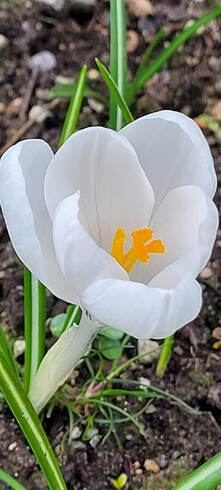 Do I make my own compost? YES But if you're just beginning, skip it. What you're looking for is well draining, rich in nutrients, and fluffy. I suggest a triple mix - and here's how I make it. 1/3 - Your regular ground soil, whatever it is. It's best to screen it to remove all weeds. 1/3 - Organic potting soil. This usually contains a small amount of slow-release fertilizer. 1/3 - Organic compost. I find the bagged version is cleaner than in bulk, but I'll let you decide. I mix this altogether in a wheelbarrow (in batches) and use it as I plant. If you decide to get bulk "garden soil" for your beds, BEWARE. As you look at the choices, make sure to scoop some up to make sure it has the feel you want, plus the right combination of the 3 elements from above! Happy Gardening! Luscious Food from Sprawling CrawlersBlackberries, Strawberries, & Raspberries........... Ahhhh, the taste of summer! These delicious berries are prolific in the Northwest, and the many varieties and cultivars make harvesting them a summer-long treat. It's almost hard to believe that these wild brambles and creeping vines can produce such luscious fruit. We look forward to this so much, and don't have to do much planning to get them. And why should we? They take little effort to grow and come back year after year! The downside is their growing habit. They can quickly take over vast areas of bare ground, and can be somewhat difficult to tame. Here are a few ways I handle them, to increase harvest, and minimize effort. BLACKBERRIES
TIP You can shape the area as they grow, or just let them form into a mound where the berries will be abundant and easy to get to when they ripen in the fall. STRAWBERRIES I like to grow strawberries in pots with the Tier Method. The black pots serve as a heat-sink, absorbing heat during the day and releasing it slowly overnight, keeping the soil warmer longer. The berries ripen faster, PLUS it's a great way to minimize slugs & keep other predators at bay. When the runners start to spread, I put them into one of the adjoining pots, thereby creating an above-ground network of strawberry plants, that produce wonderfully and consistently for the summer. The "mother" plants are viable for 3 years, so to keep your patch going you'll want to separate some of the "runners" which will become the "mother" plants. TIP Pots get warm & dry, so keeping them watered will ensure the red berries keep coming!! RASPBERRIES RED & GOLD TIP Prune June-Bearing plants after harvest, as these will fruit on OLD wood next season. Everbearing plants fruit early on old wood, and again later on the newer spring growth.
|
|

